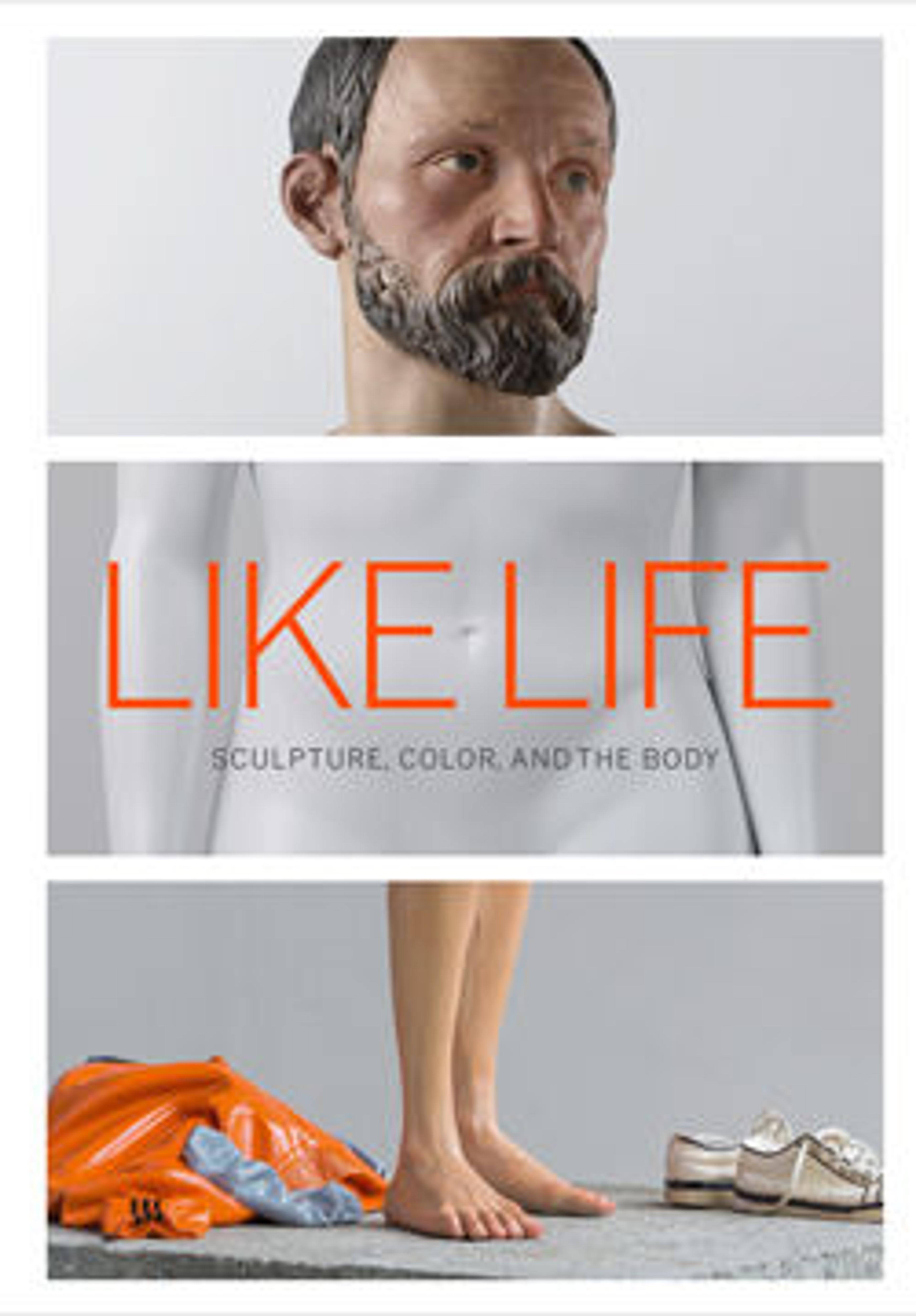Pygmalion and Galatea
Between 1890 and 1892, Gérôme made both painted and sculpted variations on the theme of Pygmalion and Galatea, the tale recounted in Ovid’s Metamorphoses. All depict the moment when the sculpture of Galatea was brought to life by the goddess Venus, in fulfillment of Pygmalion’s wish for a wife as beautiful as the sculpture he created. This is one of three known versions in oil that are closely related to a polychrome marble sculpture, also fashioned by Gérôme (Hearst Castle, San Simeon, Calif.). In each of the paintings, the sculpture appears at a different angle, as though it were being viewed in the round.
Artwork Details
- Title: Pygmalion and Galatea
- Artist: Jean-Léon Gérôme (French, Vesoul 1824–1904 Paris)
- Date: ca. 1890
- Medium: Oil on canvas
- Dimensions: 35 x 27 in. (88.9 x 68.6 cm)
- Classification: Paintings
- Credit Line: Gift of Louis C. Raegner, 1927
- Object Number: 27.200
- Curatorial Department: European Paintings
More Artwork
Research Resources
The Met provides unparalleled resources for research and welcomes an international community of students and scholars. The Met's Open Access API is where creators and researchers can connect to the The Met collection. Open Access data and public domain images are available for unrestricted commercial and noncommercial use without permission or fee.
To request images under copyright and other restrictions, please use this Image Request form.
Feedback
We continue to research and examine historical and cultural context for objects in The Met collection. If you have comments or questions about this object record, please complete and submit this form. The Museum looks forward to receiving your comments.
